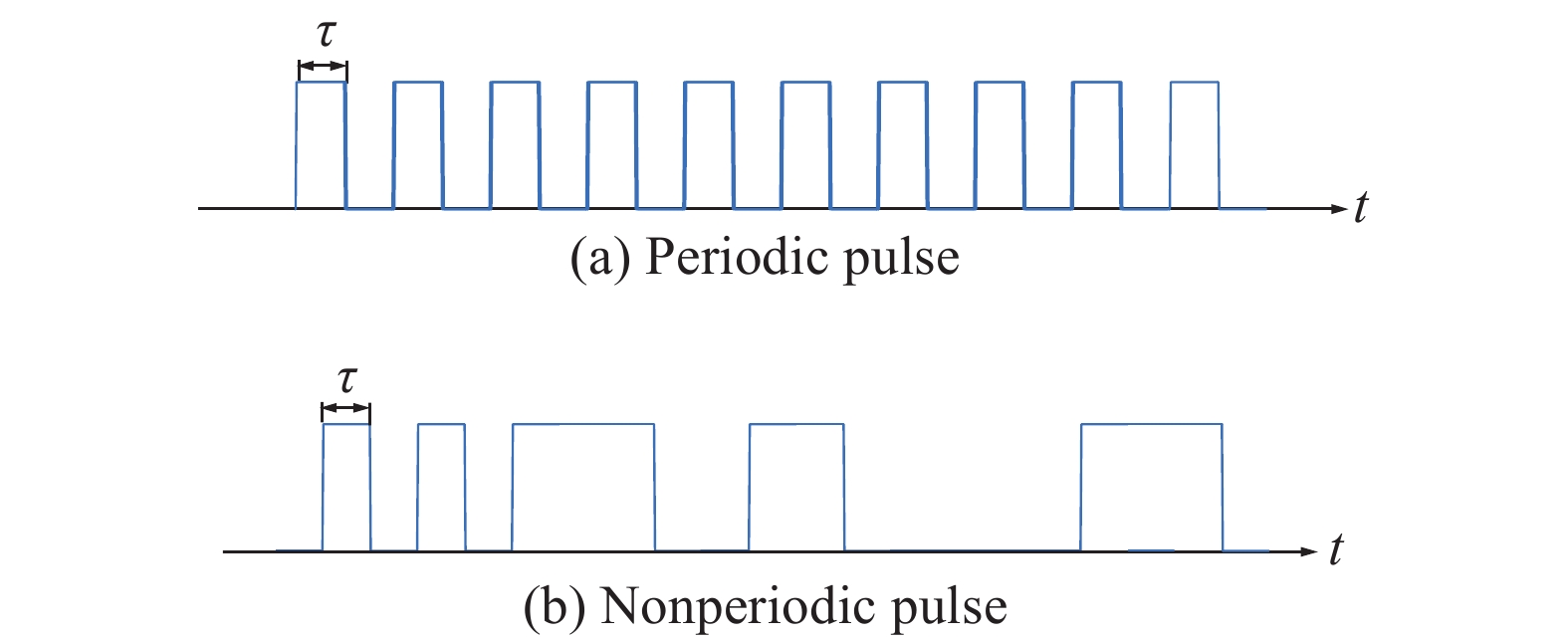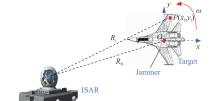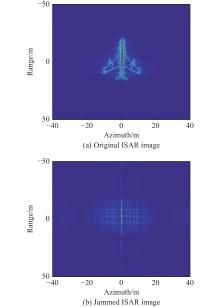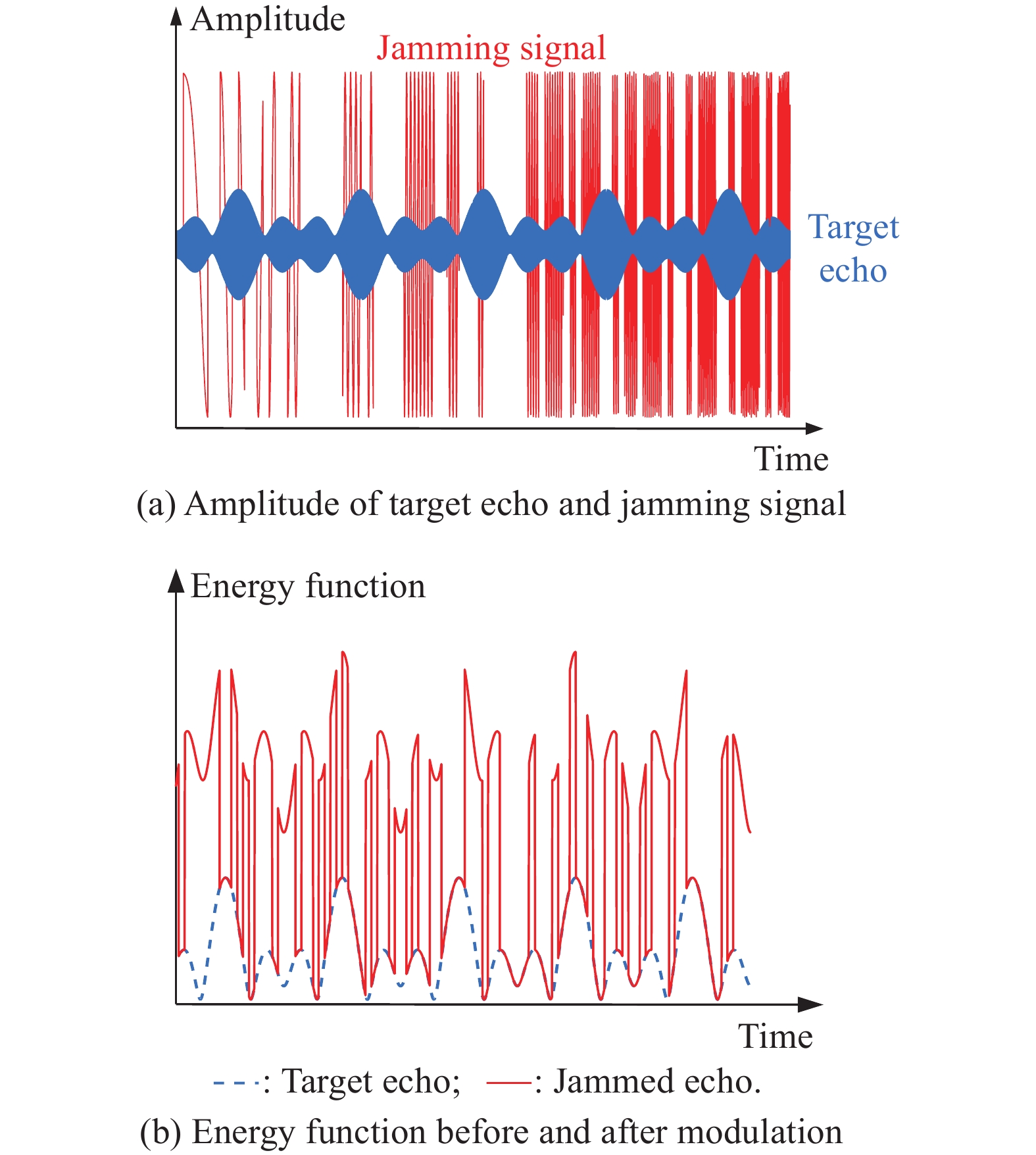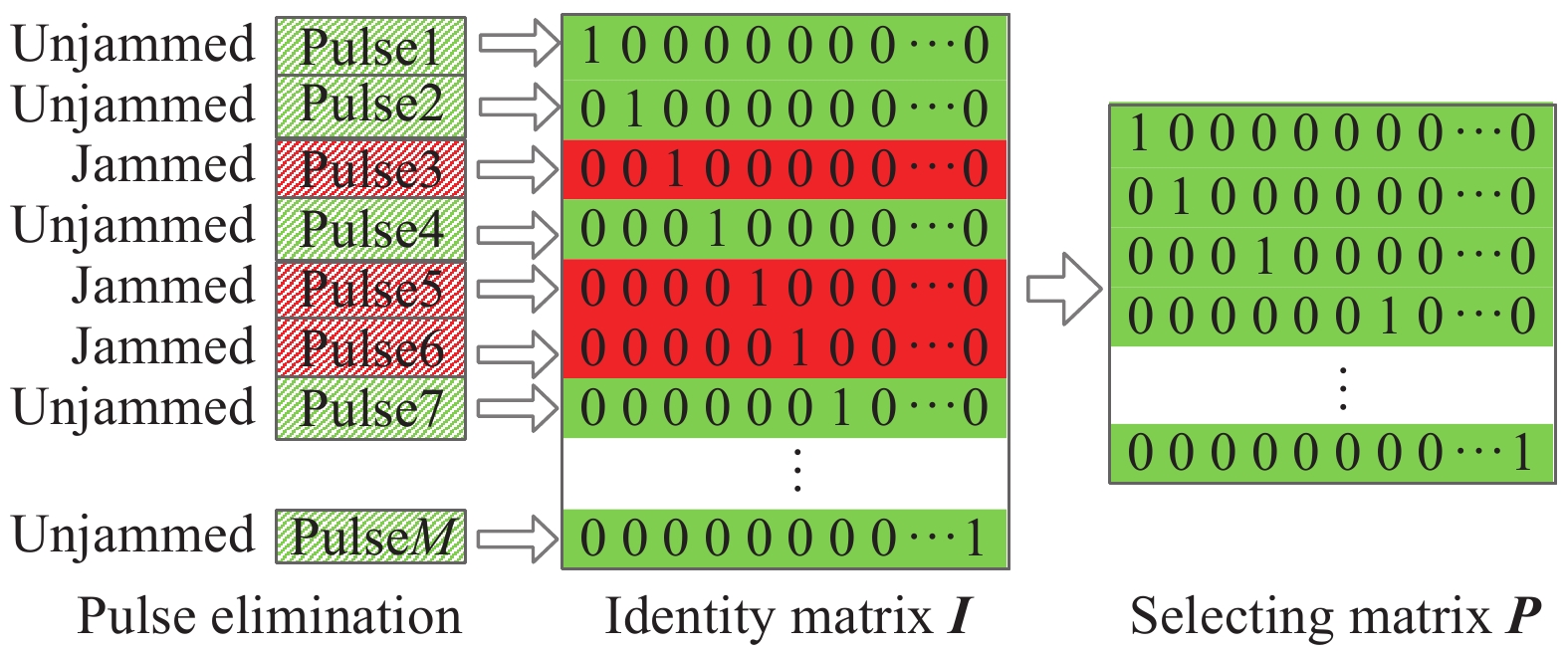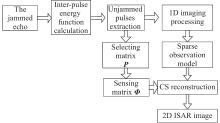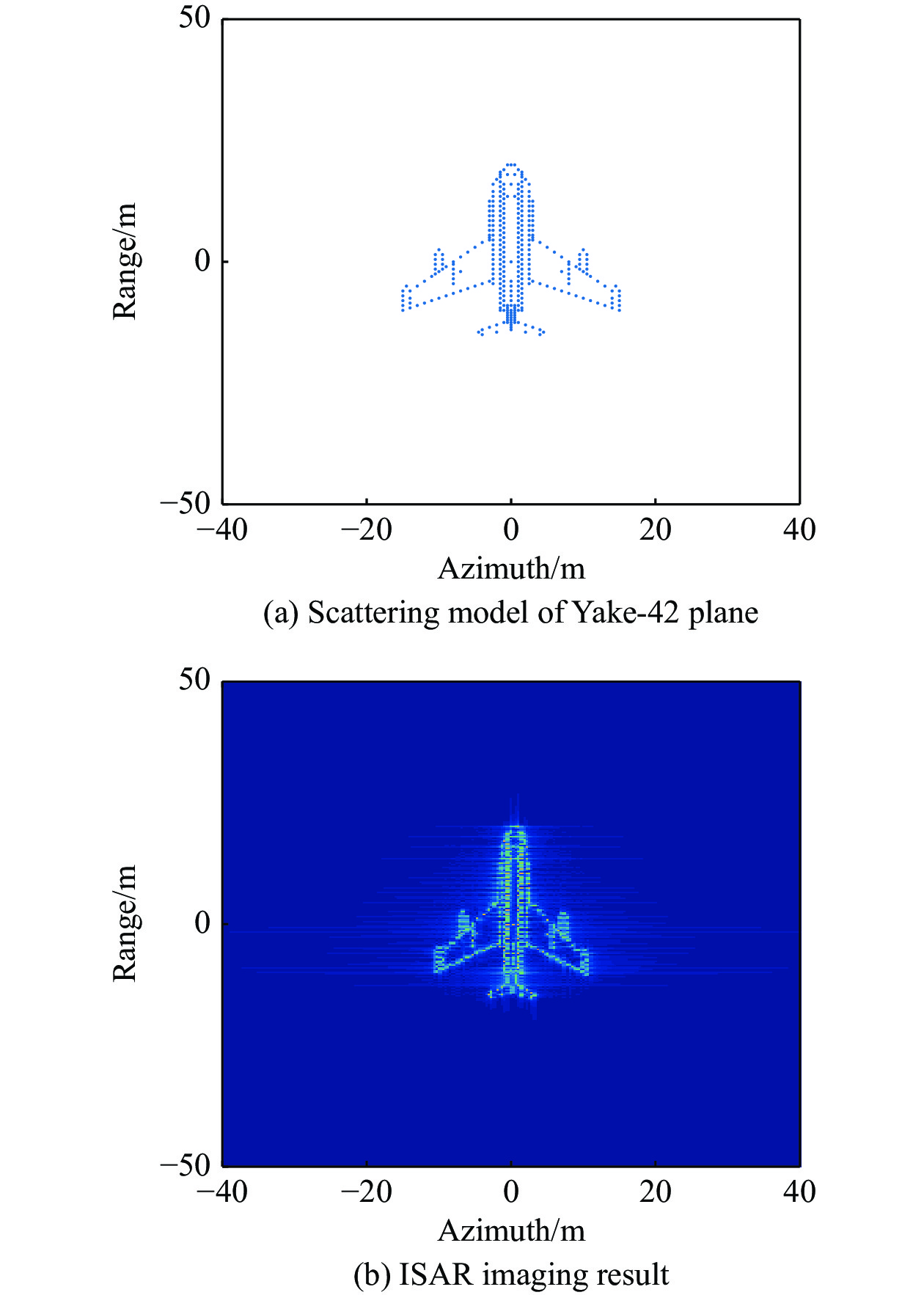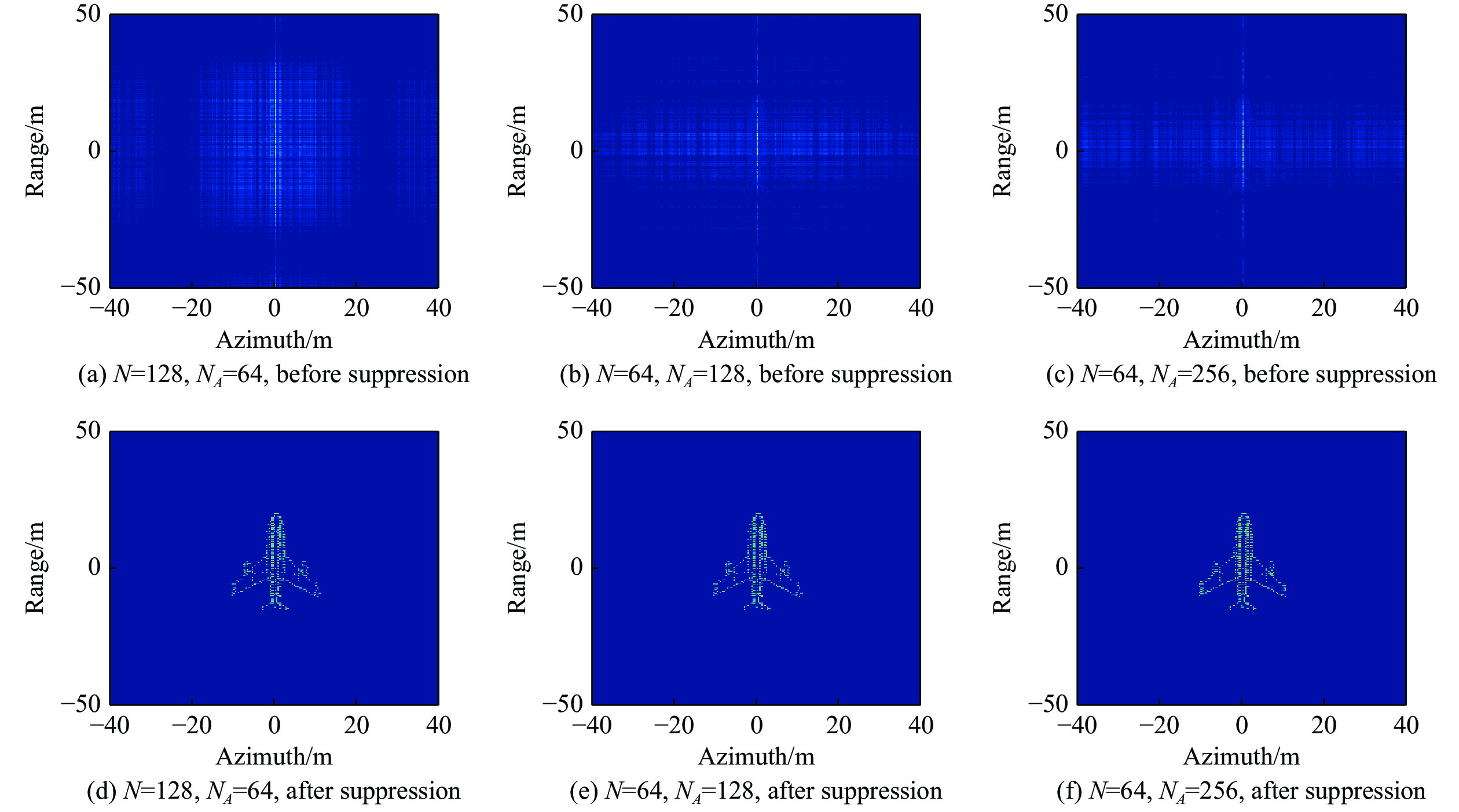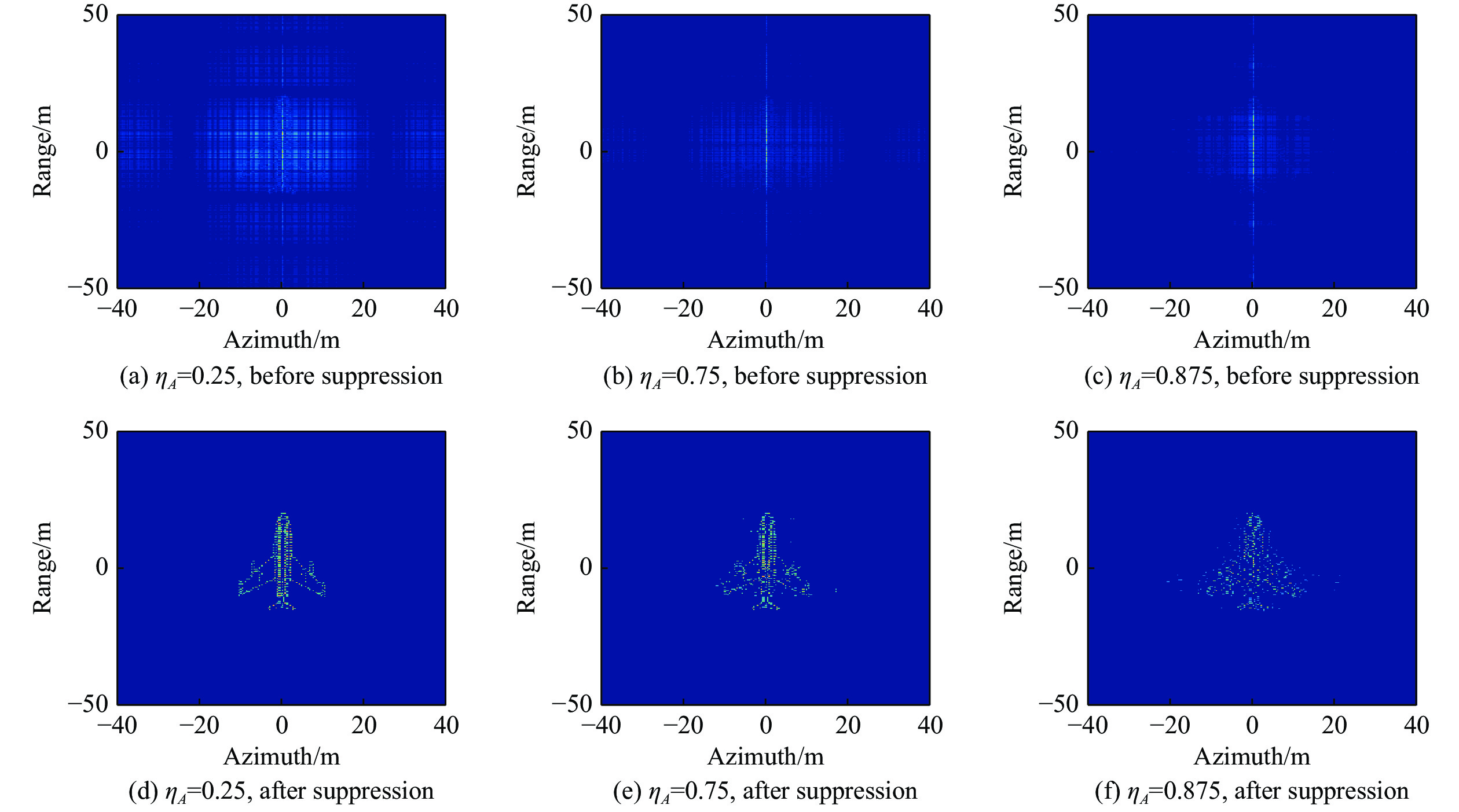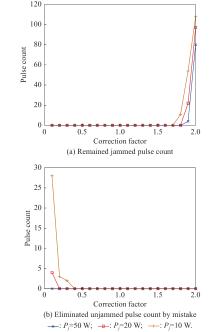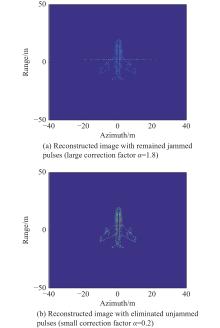| 1 |
ZHOU X Y, WANG Y, YEH C, et al. Precession parameter estimation from wideband measurements for 3-D ISAR imaging of cone-shaped targets. IEEE Geoscience and Remote Sensing Letters 2022, 19: 4501305.
|
| 2 |
WU L, YANG X Z, YANG D, et al ISAR imaging of targets with complex motion based on discrete chirp Fourier transform for cubic chirps. IEEE Trans. on Geoscience and Remote Sensing, 2012, 50 (10): 4201- 4212.
doi: 10.1109/TGRS.2012.2189220
|
| 3 |
JI B R, WANG Y, ZHAO B, et al Multi-static inISAR imaging for ships under sparse aperture. Journal of Systems Engineering and Electronics, 2022, 33 (3): 575- 584.
doi: 10.23919/JSEE.2022.000055
|
| 4 |
ZHANG J Q, WANG Y, LU X F, et al Distributed inverse synthetic aperture radar imaging of ship target with complex motion. Journal of Systems Engineering and Electronics, 2021, 32 (6): 1325- 1337.
doi: 10.23919/JSEE.2021.000112
|
| 5 |
WANG F, EIBERT T, JIN Y Simulation of ISAR imaging for a space target and reconstruction under sparse sampling via compressed sensing. IEEE Trans. on Geoscience and Remote Sensing, 2015, 53 (6): 3432- 3441.
doi: 10.1109/TGRS.2014.2376940
|
| 6 |
WANG X S, LIU J, ZHANG W M, et al Mathematic principles of interrupted-sampling repeater jamming (ISRJ). Science in China Series F: Information Sciences, 2007, 50 (1): 113- 123.
doi: 10.1007/s11432-007-2017-y
|
| 7 |
FENG D J, TAO H M, YANG Y, et al Jamming de-chirping radar using interrupted-sampling repeater. Science in China Series F: Information Sciences, 2012, 42 (2): 186- 195.
|
| 8 |
FENG D J, XU L T, PAN X Y, et al Jamming wideband radar using interrupted-sampling repeater. IEEE Trans. on Aerospace and Electronic Systems, 2017, 53 (3): 1341- 1354.
doi: 10.1109/TAES.2017.2670958
|
| 9 |
WU Q H, LIU J, WANG J J, et al Improved active echo cancellation against synthetic aperture radar based on nonperiodic interrupted sampling modulation. IEEE Sensors Journal, 2018, 18 (11): 4453- 4461.
doi: 10.1109/JSEN.2018.2824351
|
| 10 |
PAN X Y, WANG W, FU Q X, et al. Simulation of two-dimensional ISAR decoys on a moving platform. Journal of Systems Engineering and Electronics, 2015, 26(2): 250−257.
|
| 11 |
LIU Z D, ZHANG Q, LI G M, et al Improved blanket jamming against ISAR based on nonperiodic interrupted sampling modulation. IEEE Sensors Journal, 2021, 21 (1): 430- 437.
|
| 12 |
WU Q H, ZHAO F, AI X F, et al Two-dimensional blanket jamming against ISAR using nonperiodic ISRJ. IEEE Sensors Journal, 2019, 19 (11): 4031- 4038.
doi: 10.1109/JSEN.2019.2897363
|
| 13 |
CUI G L, FAN T, KONG Y K, et al Pseudo-random agility technology for interpulse waveform parameters in airborne radar. Journal of Radars, 2022, 11 (2): 213- 226.
|
| 14 |
ZHOU K, LI D X, QUAN S N, et al SAR waveform and mismatched filter design for countering interrupted-sampling repeater jamming. IEEE Trans. on Geoscience and Remote Sensing, 2022, 60, 5214514.
|
| 15 |
ZHANG J Z, HE M Q, WEN S L, et al Anti interrupted-sampling repeater jamming method based on stepped LFM waveform. Systems Engineering and Electronics, 2019, 41 (7): 1712- 1720.
|
| 16 |
ZHANG J Z, HE M Q, WEN S L, et al Anti-intermittent sampling jamming method based on intra-pulse LFM-Costas frequency stepping. Systems Engineering and Electronics, 2019, 41 (10): 2170- 2177.
|
| 17 |
ZHOU C, TANG Z Y, YU F L, et al Anti intermittent sampling repeater jamming method based on intra-pulse orthogonality. Systems Engineering and Electronics, 2017, 39 (2): 269- 276.
|
| 18 |
ZHOU C, TANG Z Y, ZHU Z B, et al Anti-interrupted sampling repeater jamming waveform design method. Journal of Electronics & Information Technology, 2018, 49 (9): 2198- 2205.
|
| 19 |
LIU Z X, DU S Y, WU Y J, et al Anti-interrupted sampling repeater jamming method for inter-pulse and intra-pulse frequency-agile radar. Journal of Radars, 2022, 11 (2): 301- 312.
|
| 20 |
WANG F L, PANG C, YIN J P, et al Joint design of Doppler-tolerant complementary sequences and receiving filters against interrupted sampling repeater jamming. Journal of Radars, 2022, 11 (2): 278- 288.
|
| 21 |
GONG S X, WEI X Z, LI X ECCM scheme against interrupted sampling repeater jammer based on time-frequency analysis. Journal of Systems Engineering and Electronics, 2014, 25 (6): 996- 1003.
doi: 10.1109/JSEE.2014.00114
|
| 22 |
ZHOU C, LIU Q H, HU C Time frequency analysis techniques for recognition and suppression of interrupted sampling repeater jamming. Journal of Radars, 2019, 8 (1): 100- 106.
|
| 23 |
ZHANG J Z, HE M Q, WEN S L, et al Anti-intermittent sampling repeater jamming method based on LFM segmented pulse compression. Journal of Electronics & Information Technology, 2019, 41 (7): 1712- 1720.
|
| 24 |
YUAN H, WANG C Y, AN L, et al ECCM scheme against interrupted-sampling repeater jamming based on compressed sensing signal reconstruction. Systems Engineering and Electronics, 2018, 40 (4): 717- 725.
|
| 25 |
GENG J W, YU Z, LI C S. Synthetic aperture radar increment imaging based on compressed sensing. IEEE Geoscience and Remote Sensing Letters, 2022, 19: 4013705.
|
| 26 |
DONOHO D Compressed sensing. IEEE Trans. on Information Theory, 2006, 52 (4): 1289- 1306.
doi: 10.1109/TIT.2006.871582
|
| 27 |
CANDES E J, TAO T Decoding by linear programming. IEEE Trans. on Information Theory, 2005, 51 (12): 4203- 4215.
doi: 10.1109/TIT.2005.858979
|
| 28 |
CANDES E J, TAO T Near-optimal signal recovery from random projections: universal encoding strategies?. IEEE Trans. on Information Theory, 2006, 52 (12): 5406- 5425.
doi: 10.1109/TIT.2006.885507
|
| 29 |
TROPP A, GILBERT C Signal recovery from random measurements via orthogonal matching pursuit. IEEE Trans. on Information Theory, 2007, 53 (12): 4655- 4666.
doi: 10.1109/TIT.2007.909108
|
| 30 |
XING W, ZHOU C, WANG C L Modified OMP method for multi-target parameter estimation in frequency-agile distributed MIMO radar. Journal of Systems Engineering and Electronics, 2022, 33 (5): 1089- 1094.
doi: 10.23919/JSEE.2022.000106
|
 ), Feng ZHAO(
), Feng ZHAO( ), Tiehua ZHAO(
), Tiehua ZHAO( ), Xiaobin LIU(
), Xiaobin LIU( ), Zhiming XU(
), Zhiming XU( ), Shunping XIAO(
), Shunping XIAO( )
)

